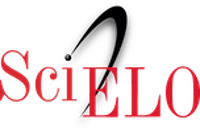Uses and Abuses of Bibliometrics
Abstract
https://doi.org/10.22380/2539472X36Downloads
Download data is not yet available.
References
Bloor, David. 1994. “El programa fuerte en la sociología del conocimiento”. En La explicación social del conocimiento, editado por León Olivé, 91-117. México
D. F.: Universidad Nacional Autónoma de México.
Bradford, Samuel Clement. 1934. “Sources of Information on Specific Subjects”. Engineering 137: 85-86.
Chavarro, Diego. 2013. “¿Son los sistemas de indexación y resumen un indicador de la buena calidad editorial de las revistas académicas?”. Ponencia presentada en el IX Congreso Iberoamericano de Indicadores de Ciencia y Tecnología “Balance de los indicadores en Iberoamérica. Panorama actual y mirada al futuro”. 9 al 11 de octubre, Bogotá.
Cole, Jonathan y Harriet Zuckerman. 1984. “The Productivity Puzzle: Persistence and Change in Patterns of Publication of Men and Women Scientists”.
Advances in Motivation and Achievement 2: 217-258.
Cronin, Blaise. 1981. “The Need for a Theory of Citing”. Journal of Documentation 37: 16-24.
Edge, David. 1980. “Why I Am not a Co-Citationist”. En Essays of an Information Scientist (1977-1978), 240-246. Filadelfia: ISI Press.
Garfield, Eugene. 1955. “Citation Index for Science”. Science 122 (3159): 108-111.
Gesner, Conrad. 1545-1549. Bibliotheca universalis, sive catalogus omnium scriptorum, in tribus linguis, Latina, Graeca, & Hebraica: extantium & non extantium,veterum & recentiorum, doctorum & indoctorum, publicatorum & in bibliothecis latentium. Zurich: Christoph Froschauer.
Gibbons, Michael, Camile Limoges, Helga Nowotny, Simon Schwartzman, Scott Trow y Martin Peter. 1994. The New Production of Knowledge: The Dynamics
of Science and Research in Contemporary Societies. Londres: Sage Publications.
Gibbs, Wayt W. 1995. “Lost Science in the Third World”. Scientific American 273 (2): 76-83.
Gilbert, G. Nigel y Stephen William Woolgar. 1974. “The Quantitative Study of Science: An Examination of the Literature”. Science Studies 4 (3): 279-294.
Gómez-Morales, Yuri Jack. 2005. “Política científica colombiana y bibliometría: usos”. Nómadas 22: 241-254.
—. 2007. “Revisiting the ‘Heroic’ Age: From Externalism to Internalism in Serial History of Science”. Ponencia presentada en la 11th International Conference of the International Society for Scientometrics and Informetrics. 25-27 de junio, Madrid, España.
Gómez Morales, Yuri Jack, Juan Anduckia y Nadeyda Rincón. 1998. “Publicaciones seriadas cientificas colombianas”. Interciencia 23 (4): 208-217.
Gómez-Morales, Yuri Jack, Bruno Jaraba Barrios, Javier Guerrero y Willson López-López. 2012. “Entre internacionalización y consolidación de comunidades
académicas locales: sobre la Revista Latinoamericana de Psicología”. Revista Colombiana de Psicologia 21 (1): 97-110.
Harding, Sandra. 1986. The Science Question in Feminism. Ithaca: Cornell University Press.
Keller, Evelin Fox. 1985. Reflections on Gender and Science. New Haven: Yale University Press.
Kreimer, Pablo. 2013. “Internacionalización y tensiones para un uso social”. En Proyecto ensamblado en Colombia: ensamblando estado, editado por Olga
Restrepo Forero, 437-452. Bogotá: Centro de Estudios Sociales; Universidad Nacional de Colombia.
Latour, Bruno. 1987. Science in Action. How to Follow Scientists and Engineers through Society. Cambridge: Harvard University Press.
Lotka, Alfred. 1926. “The Frequency Distribution of Scientific Productivity”. Journal of the Washington Academy of Sciences 16 (12): 317-323.
MacRoberts, Michael y Barbara MacRoberts. 1982. “A Re-Evaluation of Lotka’s Law of Scientific Productivity”. Social Studies of Science 12 (3): 443-450.
Marginson, Simon e Imanol Ordorika. 2010. Hegemonía en la era del conocimiento: competencia global en la educación superior y la investigación científica.
México D. F.: Universidad Nacional Autónoma de México (UNAM).
McLauchlan de Arregui, Patricia. 1988. Indicadores comparativos de los resultados de la investigación científica y tecnológica en América Latina. Documentos de Trabajo. Lima: Grade.
Price, Derek J. de Solla. 1951. “Quantitative Measures of the Development of Science”. Archives Internationales d’Histoire des Sciences 14: 85-93.
—. 1964. “The Science of Science”. In The Science of Science. Society in the Technological Age, editado por Maurice Goldsmith y Alan Mackay, 195-208. Londres: Souvenir Press.
“El promedio de publicación de un científico es 10 artículos por año”. 2013. El Espectador, 25 de octubre. http://www.elespectador.com.
Rossiter, Margaret. 1993. “The Matthew/Matilda Effect in Science”. Social Studies of Science 23 (2): 325-341.
Shenhav, Yehouda. 1987. “Science in LDCs: Connectedness versus Universalism”. Science and Technology Studies 5: 3-4.
Shenhav, Yehouda y David H. Kamens. 1991. “The ‘Costs’ of Institutional Isomorphism: Science in Non-Western Countries”. Social Studies of Science 21:
527-545.
D. F.: Universidad Nacional Autónoma de México.
Bradford, Samuel Clement. 1934. “Sources of Information on Specific Subjects”. Engineering 137: 85-86.
Chavarro, Diego. 2013. “¿Son los sistemas de indexación y resumen un indicador de la buena calidad editorial de las revistas académicas?”. Ponencia presentada en el IX Congreso Iberoamericano de Indicadores de Ciencia y Tecnología “Balance de los indicadores en Iberoamérica. Panorama actual y mirada al futuro”. 9 al 11 de octubre, Bogotá.
Cole, Jonathan y Harriet Zuckerman. 1984. “The Productivity Puzzle: Persistence and Change in Patterns of Publication of Men and Women Scientists”.
Advances in Motivation and Achievement 2: 217-258.
Cronin, Blaise. 1981. “The Need for a Theory of Citing”. Journal of Documentation 37: 16-24.
Edge, David. 1980. “Why I Am not a Co-Citationist”. En Essays of an Information Scientist (1977-1978), 240-246. Filadelfia: ISI Press.
Garfield, Eugene. 1955. “Citation Index for Science”. Science 122 (3159): 108-111.
Gesner, Conrad. 1545-1549. Bibliotheca universalis, sive catalogus omnium scriptorum, in tribus linguis, Latina, Graeca, & Hebraica: extantium & non extantium,veterum & recentiorum, doctorum & indoctorum, publicatorum & in bibliothecis latentium. Zurich: Christoph Froschauer.
Gibbons, Michael, Camile Limoges, Helga Nowotny, Simon Schwartzman, Scott Trow y Martin Peter. 1994. The New Production of Knowledge: The Dynamics
of Science and Research in Contemporary Societies. Londres: Sage Publications.
Gibbs, Wayt W. 1995. “Lost Science in the Third World”. Scientific American 273 (2): 76-83.
Gilbert, G. Nigel y Stephen William Woolgar. 1974. “The Quantitative Study of Science: An Examination of the Literature”. Science Studies 4 (3): 279-294.
Gómez-Morales, Yuri Jack. 2005. “Política científica colombiana y bibliometría: usos”. Nómadas 22: 241-254.
—. 2007. “Revisiting the ‘Heroic’ Age: From Externalism to Internalism in Serial History of Science”. Ponencia presentada en la 11th International Conference of the International Society for Scientometrics and Informetrics. 25-27 de junio, Madrid, España.
Gómez Morales, Yuri Jack, Juan Anduckia y Nadeyda Rincón. 1998. “Publicaciones seriadas cientificas colombianas”. Interciencia 23 (4): 208-217.
Gómez-Morales, Yuri Jack, Bruno Jaraba Barrios, Javier Guerrero y Willson López-López. 2012. “Entre internacionalización y consolidación de comunidades
académicas locales: sobre la Revista Latinoamericana de Psicología”. Revista Colombiana de Psicologia 21 (1): 97-110.
Harding, Sandra. 1986. The Science Question in Feminism. Ithaca: Cornell University Press.
Keller, Evelin Fox. 1985. Reflections on Gender and Science. New Haven: Yale University Press.
Kreimer, Pablo. 2013. “Internacionalización y tensiones para un uso social”. En Proyecto ensamblado en Colombia: ensamblando estado, editado por Olga
Restrepo Forero, 437-452. Bogotá: Centro de Estudios Sociales; Universidad Nacional de Colombia.
Latour, Bruno. 1987. Science in Action. How to Follow Scientists and Engineers through Society. Cambridge: Harvard University Press.
Lotka, Alfred. 1926. “The Frequency Distribution of Scientific Productivity”. Journal of the Washington Academy of Sciences 16 (12): 317-323.
MacRoberts, Michael y Barbara MacRoberts. 1982. “A Re-Evaluation of Lotka’s Law of Scientific Productivity”. Social Studies of Science 12 (3): 443-450.
Marginson, Simon e Imanol Ordorika. 2010. Hegemonía en la era del conocimiento: competencia global en la educación superior y la investigación científica.
México D. F.: Universidad Nacional Autónoma de México (UNAM).
McLauchlan de Arregui, Patricia. 1988. Indicadores comparativos de los resultados de la investigación científica y tecnológica en América Latina. Documentos de Trabajo. Lima: Grade.
Price, Derek J. de Solla. 1951. “Quantitative Measures of the Development of Science”. Archives Internationales d’Histoire des Sciences 14: 85-93.
—. 1964. “The Science of Science”. In The Science of Science. Society in the Technological Age, editado por Maurice Goldsmith y Alan Mackay, 195-208. Londres: Souvenir Press.
“El promedio de publicación de un científico es 10 artículos por año”. 2013. El Espectador, 25 de octubre. http://www.elespectador.com.
Rossiter, Margaret. 1993. “The Matthew/Matilda Effect in Science”. Social Studies of Science 23 (2): 325-341.
Shenhav, Yehouda. 1987. “Science in LDCs: Connectedness versus Universalism”. Science and Technology Studies 5: 3-4.
Shenhav, Yehouda y David H. Kamens. 1991. “The ‘Costs’ of Institutional Isomorphism: Science in Non-Western Countries”. Social Studies of Science 21:
527-545.
Downloads
Published
2015-06-24
How to Cite
Gómez-Morales, Y. J. (2015). Uses and Abuses of Bibliometrics. Revista Colombiana De Antropología, 51(1), 291–307. Retrieved from https://revistas.icanh.gov.co/index.php/rca/article/view/244
Issue
Section
Conmemorativas




















